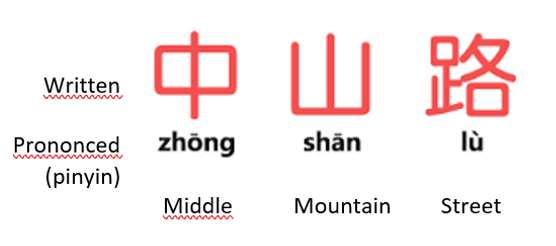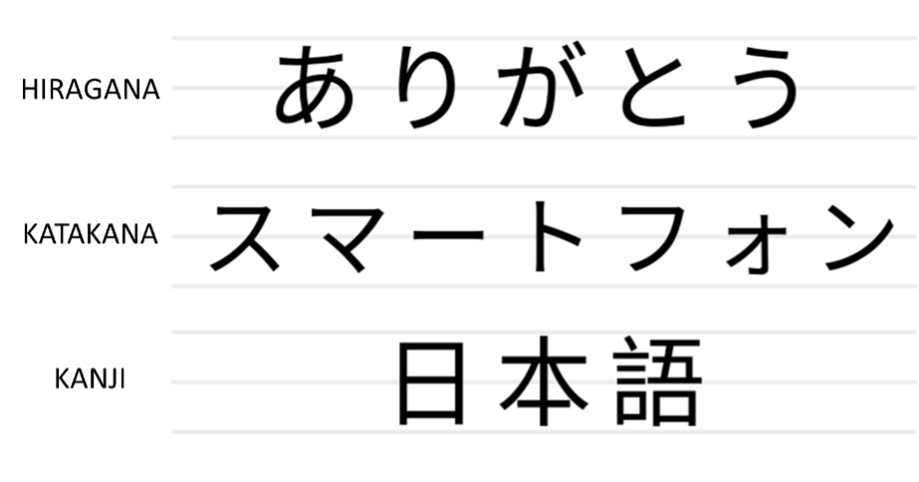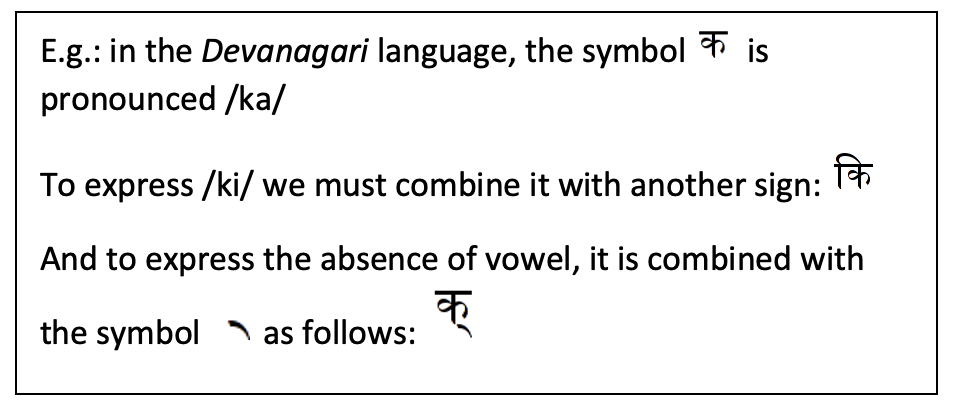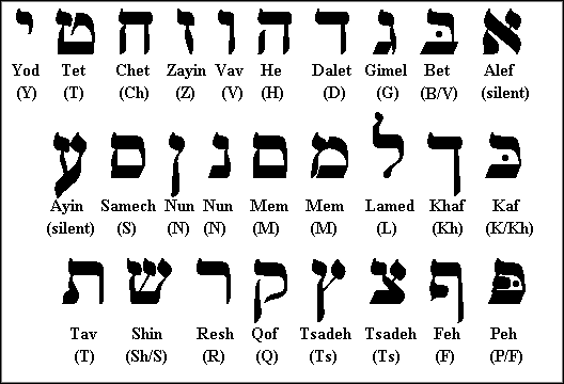Different spelling systems
At present, there are several orthographic systems coexisting, which differ mainly in the unit of representation of each symbol, but also in the direction of writing. According to this, we can find:
Logographic writing:
Each character represents a word or, more specifically, a morpheme of the language. For this reason, the reader needs to know hundreds or even thousands of symbols in order to read fluently. Although the first writing systems were originally logographic, today the only logographic systems that exist are the Japanese kanji, which comes from Chinese and is used in combination with the two syllabic kana systems, and the Han system, also called sinographic writing or Chinese characters.
The Han system is composed of about 50,000 different characters, of which only about 3,000 are in common use. Although indivisible, the graphic signs can be classified according to their strokes (simple or compound), their transparency (pictograms bear some resemblance to the object they represent, while ideograms bear no visual resemblance to the meaning) or the information they convey (some characters contain indications of their pronunciation).
Although the direction of traditional Chinese writing was vertical and from right to left, the emergence of new technologies has generalized the typical writing of the Latin alphabetic system, as it is the most widely used in Western countries. Currently, therefore, Chinese characters are written horizontally and from left to right.
Similarly, the appearance of keyboards, which limits the writing options to a few keys, led to the development of the pinyin transcription system, which uses the Latin alphabet and some diacritical marks (accents, umlauts, etc.) to represent the phonological system of Chinese, thus making it possible to write any Chinese character on a standard keyboard.

Syllabic writing:
In syllabic or syllabary writing, each character represents a different syllable, consisting of a consonant and a vowel or a single vowel. Although this system represents a significant reduction in the number of characters compared to logographic writing, several hundred graphic signs are still necessary to represent all the sounds of a language. In true syllabaries, syllables containing the same sound (e.g. “ma”, “me”, “mi”, etc.) do not have a feature representing the common sound, which differentiates them from the abugida system, halfway between the syllabic and alphabetic systems.
Currently, only a few languages, including North American Cherokee and West African Vai, use syllabaries. The best-known syllabic systems, however, are the kana of Japanese. These are two syllabaries, hiragana and katakana, each consisting of a total of 40 syllables, 5 vowels and 1 consonant.
The kana characters are combined with the kanji synograms (derived from Chinese characters, of which there are about 2000 in everyday use) and the Latin alphabet (or romaji) to write, and their main function is either to express grammatical aspects of the language such as inflexions, verb endings or particles (hiragana), or to write words of foreign origin (katakana).

As in the Han system, the traditional reading direction in Japanese was vertical and from right to left, however, this system has also been partially westernized, adopting horizontal writing from left to right.
Abugida writing:
Also called alphasyllabary, this type of writing is halfway between alphabetic and syllabic writing since each symbol represents a syllable formed by a consonant and a vowel (usually “a”) and diacritical marks are used to indicate the presence or absence of other vowels.

This type of script is used in mostly Asian languages, such as Sanskrit, Kashmiri, Hindi or Nepali, although it is also used in the Ethiopian script, from which it takes its name.
Alphabetic writing:
Alphabetic systems are composed of a limited number of symbols (a few dozen), which are called letters and correspond to the sounds of the language, both consonantal and vowel sounds. Sometimes this correspondence between graphic signs and phonemes involves a group of letters (e.g. “ch”, “rr”), so it is more correct to speak of graphemes. Thus, each grapheme (letter or digraph) corresponds to a single phoneme.
Although the Latin alphabet is the most widespread in the world, there are currently other alphabetic writing systems, such as Greek, used in Greece and Cyprus; Cyrillic and its variants, used in countries of Slavic origin, or Korean Hangul.
In most alphabetic writing systems the writing direction is horizontal and from left to right, however in traditional Hangul the writing was vertical and from right to left, probably influenced by Chinese and Japanese. Another peculiarity of Hangul is the arrangement of the syllable, which takes the form of a square instead of the linear one typical of alphabetic systems so that it is common that a grapheme is not placed next to but under another.

Abjad writing:
This type of writing is considered alphabetic, with the particularity that the graphemes only represent consonant sounds, not vowels. For this reason, they are also known as consonantal alphabets.
Some systems, such as Arabic or Hebrew, have distinctions for vowels, but they are usually used only in certain contexts, such as education. This implies that the reader must have sufficient knowledge of the language to be able to insert the appropriate vowel phonemes during reading.
The vast majority of abjad writing systems are read horizontally but from right to left.

Hebrew alphabet. Source: https://www.jewishvirtuallibrary.org
.
.
Good practices:
‐ Suggest tasks in which students must research the orthographic systems of the languages spoken in the classroom. Classify them according to type (logographic, syllabic, alphabetic, etc.) and traditional writing direction (horizontal vs. vertical, left-right vs. right-left).
‐ Find a chart of the letters of an alphabetic system other than the Latin alphabet and suggest word-writing activities using it as a starting point. Check, using a translator (e.g. Deepl), if the result is correct.
‐ Look for diagrams of the phonetic system of one of the languages spoken in the classroom and compare it with that of the main language. Are there any phonemes that exist in one of the languages and not in the other?


